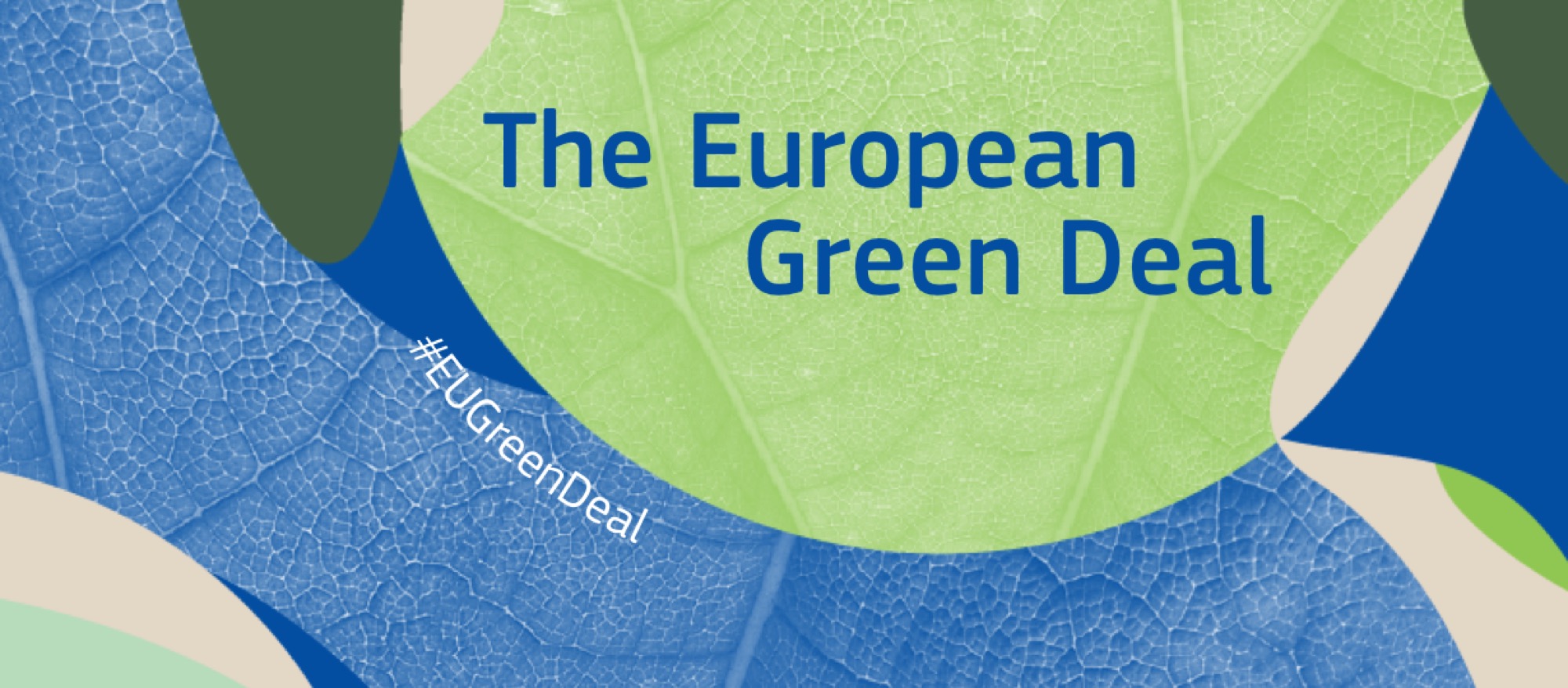Climate change doesn’t only affect the weather and the general climate, it affects nature at its core. It can wipe out species, change ecosystems, damage the water we drink and pollute the air we breathe. The impact this phenomenon has on our planet is tremendously destructive.
Europe tackles climate change one step at a time
“Europe’s environment is at a tipping point. We have a narrow window of opportunity in the next decade to scale up measures to protect nature, lessen the impacts of climate change, and radically reduce our consumption of natural resources.” – Hans Bruyninckx, EEA Executive Director.
The start of Europe’s fight with environmental problems began back in 1972. The government representatives and the heads of states of EEC adopted a declaration on environmental and consumer policy.
This moment in history is taken as the point at which the first EU’s environmental policy was made. From that moment forward, there have been quite a few changes in the EU’s environmental policies, focus areas, laws, and implementation techniques.
However, 400.000 premature deaths still occur in Europe every year, due to climate change and air pollution.

The numbers say it all – there is still room for improvement. This is why the European Green Deal was formed.
The European Green Deal: a path to a climate-neutral future
The European Green Deal is a policy to make Europe climate neutral by 2050. The main focus of this policy is to change the EU’s economy into a sustainable one. There are three key points the European Commission highlighted in their strategy:
- There should be non-net emissions of greenhouse gases by 2050;
- Economic growth should be separated from resource use;
- No person or place is left behind.
The European Green Deal provides an action plan that defines investments and financial tools available to all sectors of the economy to achieve its goal. However, since the European Green Deal isn’t a law, the EC proposed a European Climate Law to make it legally binding.
The startups that will drive climate innovation
In March of 2020., the EU announced its first funding instrument under the European Green Deal policy, for “green” startups, via the European Innovation Council (EIC). Being the largest ever funding sum from the EIC, with €300m to invest, the choice of what innovations to back was tough. In the end, 64 companies were chosen for funding.
To be considered for funding from the EU Green Deal companies had to show the ability to tackle at least one of the eight ambitious goals set forth for Europe.
Here are a few examples of companies that were awarded funding while using novel and ambitious technologies:
- Cellugy, a Danish company that focuses on decreasing plastic pollution by producing a replacement for plastic out of vegetable waste, making it completely biodegradable;
- Glowee, from France, makes a light that’s free of electricity, that uses the reflection particles similar to those found in glow worms and fireflies.
- Nanom Greenvolt Project (from Iceland) Nanom is building the battery materials of tomorrow by applying advanced nanotechnology to energy storage. Think of doubling the capacity of a battery factory at half the cost by replacing battery materials with nano-enhanced materials. This also enables you to use environmentally friendly materials to power the energy solutions of tomorrow.
The Nanom Greenvolt approach to Energy Storage
The Nanom Greenvolt project is about creating nano-enhanced materials that can be integrated into the battery technologies of the future. Nanotechnology can greatly increase the size and surface of batteries´ electrodes, creating more efficient energy storage through material innovation. Structures can also be enhanced or even become the battery itself.
We provide a path to clean, affordable, and renewable energy sources while lessening toxicity burdens on the environment.
Nanom has the ability to design new material properties and nanocomposites that enable the products or tomorrow. Synthesis of nanomaterials provides an opportunity to design and characterise unique material properties, such as enhancing existing energy storage capabilities or material strength.

